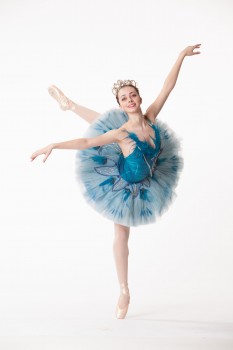This is a sponsored conversation written by me on behalf of CW Botanicals. The opinions and text are all mine.
Hey readers! I know its been awhile since I’ve posted, but it’s because I’ve been super super busy, and working on getting back into running, in addition to our crazy dance schedule. We had a performance back at the end of July and I’ve been working pretty hard.
 I was recently offered a chance to try CW Botanicals Chocolate Mint Hemp Oil (note: Hemp oil is completely legal and safe for over-the-counter use as it is derived from hemp, not marijuana or medical.) I’ve always been interested about the possible benefits of Hemp products when I see them when out shopping and this was the perfect opportunity!
I was recently offered a chance to try CW Botanicals Chocolate Mint Hemp Oil (note: Hemp oil is completely legal and safe for over-the-counter use as it is derived from hemp, not marijuana or medical.) I’ve always been interested about the possible benefits of Hemp products when I see them when out shopping and this was the perfect opportunity!
CW Botanicals produces a whole plant hemp extract naturally high in CBD in MCT oil. The chocolate mint flavor tastes great, and it was even perfect on its own. I loved that I could just take a couple of droppers full (2-3 is the recommended amount). Or, if you like, it works great as a mix in with some milk and protein (mint chocolate shake anyone?).
According to CW Botanicals, possible health of the oil include: can speed recovery time after working out, anti-inflammatory, anti-anxiety neurologically protective, can alleviate some pain conditions, helps restore balance in body, promotes general wellness. So far, it’s definitely seemed to help with post-exercise soreness, especially when I’ve been working my legs so hard.
Here’s the ingredients:

You can follow @cwbotanicals and on Facebook to learn more about all things hemp & hemp oil.

Disclaimer: CW Botanicals is the only hemp oil derived exclusively from Charlotte’s Web™. CW Botanicals is the exclusive provider of premium Charlotte’s Web™ products made from our proprietary hemp genetics, grown internationally as well as in Colorado. Our products have not been evaluated by the Food and Drug Administration. These products are not intended to diagnose, treat, cure, or prevent any disease. Promo code “CW2015” is good for 30% off Charlotte’s WebTM Hemp Extract Mint Chocolate MCT Oil 500mg. Limit 2 per order, promo coupon code discount offer expires on August 31, 2015. To order, visit: http://cwbotanicals.com/cw-extract-in-mct-oil-coming-soon.html
This is a sponsored conversation written by me on behalf of CW Botanicals. The opinions and text are all mine.






